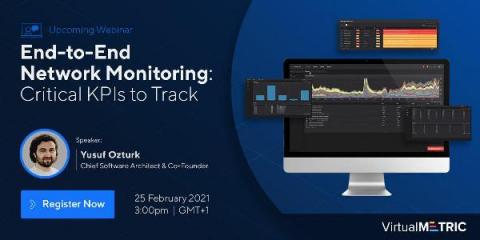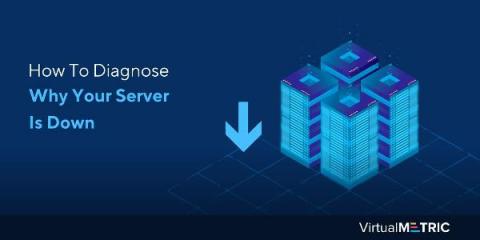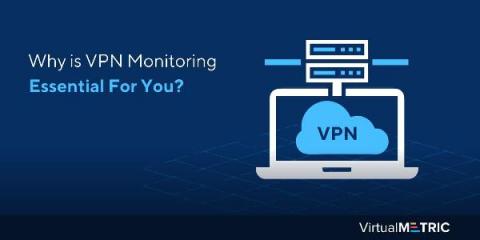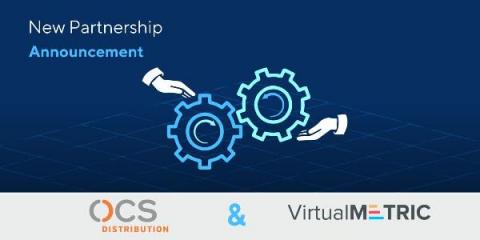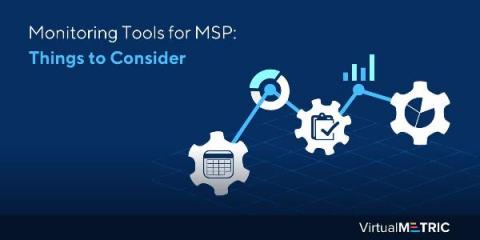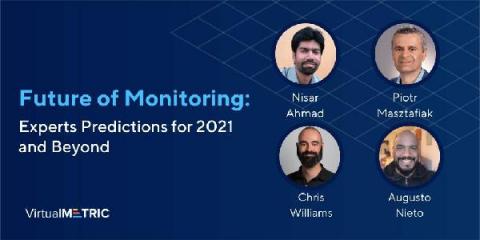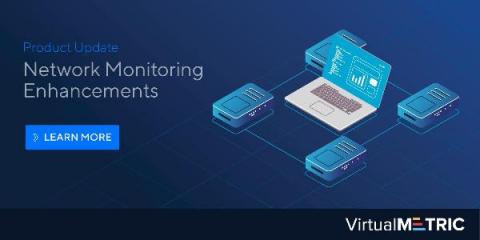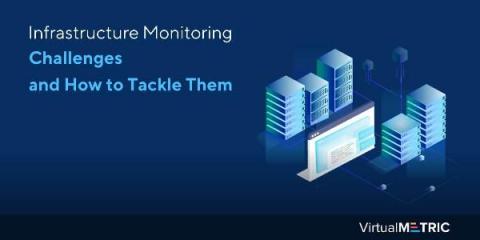End-to-End Network Monitoring: Critical KPIs to Track
The IT network stays at the foundation of all the operations and data transfers within your business. Unreliable network or problems with the network performance may have a severe impact on your business. Running a business requires a robust and secure network, that managed effectively to meet all the necessary performance and security goals. The standard network monitoring is not enough in the digital transformation era.


